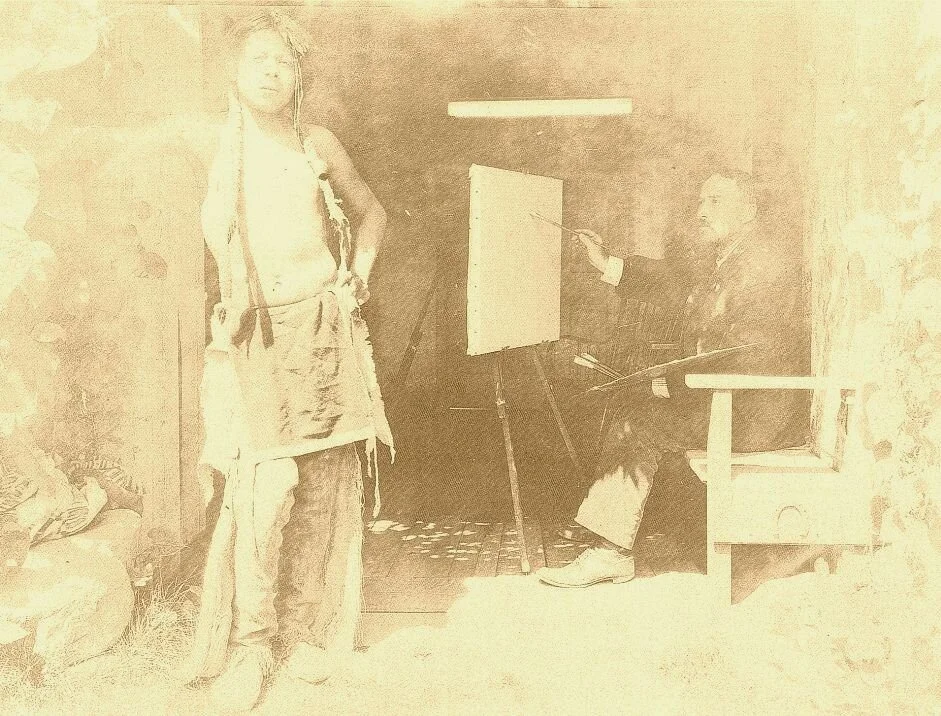by Gwen Davis
 Mimi was a Bichon Frise, a little puffy white dog of inspiring intelligence and charm. The placing of her ashes in a young coconut, and sending her to sea off Bali, where I have come to live since her shocking departure,-- it is the one place we had not traveled together since dogs were not allowed,-- had to be postponed until the day of the full moon, which is now, because when you do ceremony in Bali it has to be at an auspicious time, or the souls do not rejoice as they should. At least, I think that’s the reason. There’s so much mystery and superstition around Bali that one cannot be quite sure. You just have to leave your heart open and see what happens. At any rate, I do.
Mimi was a Bichon Frise, a little puffy white dog of inspiring intelligence and charm. The placing of her ashes in a young coconut, and sending her to sea off Bali, where I have come to live since her shocking departure,-- it is the one place we had not traveled together since dogs were not allowed,-- had to be postponed until the day of the full moon, which is now, because when you do ceremony in Bali it has to be at an auspicious time, or the souls do not rejoice as they should. At least, I think that’s the reason. There’s so much mystery and superstition around Bali that one cannot be quite sure. You just have to leave your heart open and see what happens. At any rate, I do.
So Mimi, whose last great earthly journey was to Bali in my suitcase, in a little flower-printed metal box from Hartsdale pet cemetery where she was cremated, got taken to the beach at Canggu, because that is where you are allowed to do your ceremonies. Yoni, my darling driver, came today bearing five little baskets woven from palm, with tiny flowers and petals in them, and we went there, pausing for her to light the incense, and scatter a few of the petals.

















